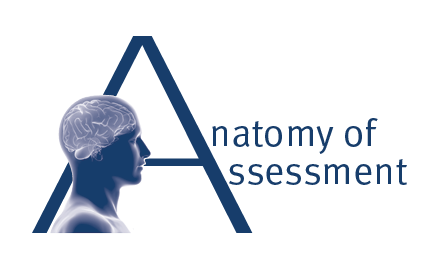Allowing the use of AI can happen at two levels, at the level of embedding the use of AI into the assessment brief, which was discussed in the section above, and at the level of allowing the use of AI in the process of preparing for the assessment or more broadly, to support their learning. This could include the following:
- Brainstorming ideas for an essay or a presentation
- Concept checking/ explanation
- Summarising key ideas in lectures or papers
- Translating sources from outside of global west
- As a research tool for example generating literature or helping to summarise data, or generate intervie questions
- To design practice questions when preparing for an exam or a viva
- Get assistance with coding and programming concepts.
- Troubleshoot errors and debug code
- Practice interview questions and receive feedback on responses to enhance communication skills
Jisc AI primer report further identifies the following uses:
- To formulate ideas, for example creating essay structures
- To provide feedback on writing
Other ideas for using AI in teaching and learning:
- Creative ideas to use AI in education - A crowdsourced collection of examples from around the world how AI can be utilised for education. Most examples are non STEM specific but some are applicable also to STEM.
- A video created by Wharton School with some examples of how AI can support students.
When deciding to integrate AI into teaching it is important to:
- create some space for teaching students about the ethical, pedagogically helpful use of AI to support their learning that doesn’t raise issues around academic integrity. This links to helping students develop AI literacy;
- Agree a programme wide/ module wide strategy
- Make it clear to students what constitutes plagiarism. Consult College level guidance and the Library guidance as well as any departmental guidance around appropriate use and referencing.

